Sanjeev Dutta, CEO of the UAE-India Business Council – UAE Chapter, discusses with Vibha Mehta how the business chamber catalyses boosting bilateral trade between the two nations …
- The UAE India Business Council greatly aids the development of economic relations between the two nations. Could you provide more details about a few of the major projects the council is working on?
UIBC-UC’s mission is to catalyze investment flows, enhance trade, build strategic partnerships, advocate for policy enhancements, and facilitate knowledge exchange. This mission reflects both countries’ commitment to enhancing their economic partnership, which is greatly strengthened by several pivotal projects.
The Emaar Project by the UAE-based property development firm is the first foreign direct investment in Srinagar, India. This 500 Cr initiative encompasses a state-of-the-art 1 million sq ft. shopping mall and a multipurpose tower, showcasing the potential for future collaborations and investments.
Another critical endeavour is Bharat Mart, a joint venture between DP World and the Government of India in JAFZA. This massive trade ecosystem is designed to promote the ‘Make in India’ initiative, serving as a gateway for Indian product exports to the larger GCC & MEA markets.
Bharat Mart is seen as a strategic imperative to enable larger entities and provide access to MSME and SME sectors through a one-stop shop to cater to more extensive and more accessible markets, using Dubai as a gateway to major markets such as Africa and CIS. The facility will be designed so that a participant can cater to both the domestic UAE market and the broader GCC market and re-export markets while enjoying favourable duty structures designed to provide tax holidays.
Platforms such as Bharat Mart are crucial in influencing bilateral trade volume between the UAE and India, particularly by promoting trade diversification. In the first 12 months of CEPA implementation, non-oil trade saw a notable increase of 5.8%. Post-CEPA, the total bilateral trade has surged to $84.5 billion in March 2023, up from $72.9 billion in March 2022. Through this project, we aim to establish Dubai as a pivotal launchpad for Indian goods, underlining the strategic importance of our bilateral trade relations.
Furthermore, our efforts extend to social initiatives such as the India hospital project, which aims to improve healthcare accessibility for 2.2 million blue-collar workers in the UAE with insufficient insurance coverage. This goes beyond economic collaboration to address vital social needs.
Complementing these projects, we are deeply invested in knowledge-building, actively publishing comprehensive white papers illuminating the vast opportunities in both nations. These efforts highlight our commitment to enriching the economic corridor, promising a future with exciting initiatives aimed at mutual prosperity.
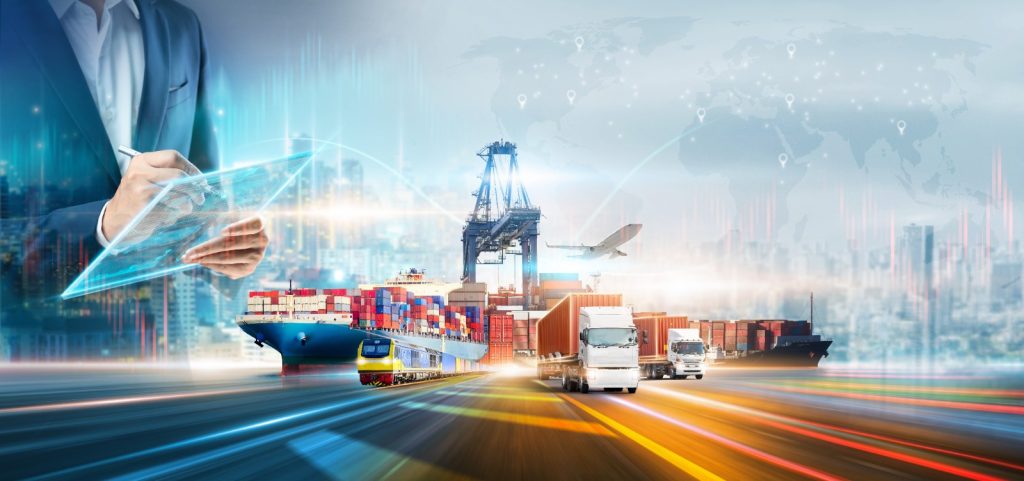
- Bilateral trade is predicted to rise dramatically as a result of the CEPA. Which particular product categories are growing at the fastest rate?
The Comprehensive Economic Partnership Agreement (CEPA) between India and the UAE sets the stage for a remarkable increase in bilateral trade to boost the total value of trade in goods to over US$100 billion and trade in services to over US$15 billion within five years.
With projects like Bharat Mart, India stands to benefit significantly from preferential market access provided by the UAE for 99% of Indian exports, especially from labour-intensive sectors such as Gems and Jewellery, Textiles, Leather, Footwear, Sports Goods, Plastics, Furniture, Agricultural and Wood Products, Engineering Products, Pharmaceuticals, Medical Devices, and Automobiles.
Through expanded market access, direct interaction with UAE and global clientele under one roof, a diverse product range, reduced dependence on traditional channels, cultural exchange, and strengthened trade relations, marketplaces like Bharat Mart play a pivotal role in enhancing the breadth and depth of trade between the two countries.
The textile sector is crucial to India’s economy and is one of the largest employers in the country. It employs over 45 million people and contributes approximately 14% to its GDP. CEPA’s reduced tariffs and improved market access will likely propel textile exports and imports between our nations.
India’s burgeoning tech industry, known for its innovation and vast talent pool, aligns with the UAE’s vision to establish itself as a technology and digital services hub. India’s ambition to grow its tech industry to USD 500 billion by 2030 showcases its vast potential. The country’s status as the third-largest startup ecosystem, with over 99,000 DPIIT-recognised startups as of 31 May 2023, indicates robust growth. The UAE and India also recently agreed to link their instant payment platforms – UPI (India) and AANI (UAE), fostering growth for payment gateways.
The pharmaceutical sector is also poised for accelerated growth, particularly in the production and export of generic drugs, due to streamlined trade procedures and regulatory cooperation under CEPA.
Agricultural products will see an increase in exports of fruits, vegetables, and processed foods, benefiting from initial agreements signed at the Vibrant Gujarat Business Summit for the construction of food parks with climate-smart technologies.
Renewable energy, a sector of mutual priority for achieving net-zero emissions by 2070 (India) and 2050 (UAE), received a significant boost with agreements for investment and trade in technologies like solar panels and wind turbines signed at the same summit.
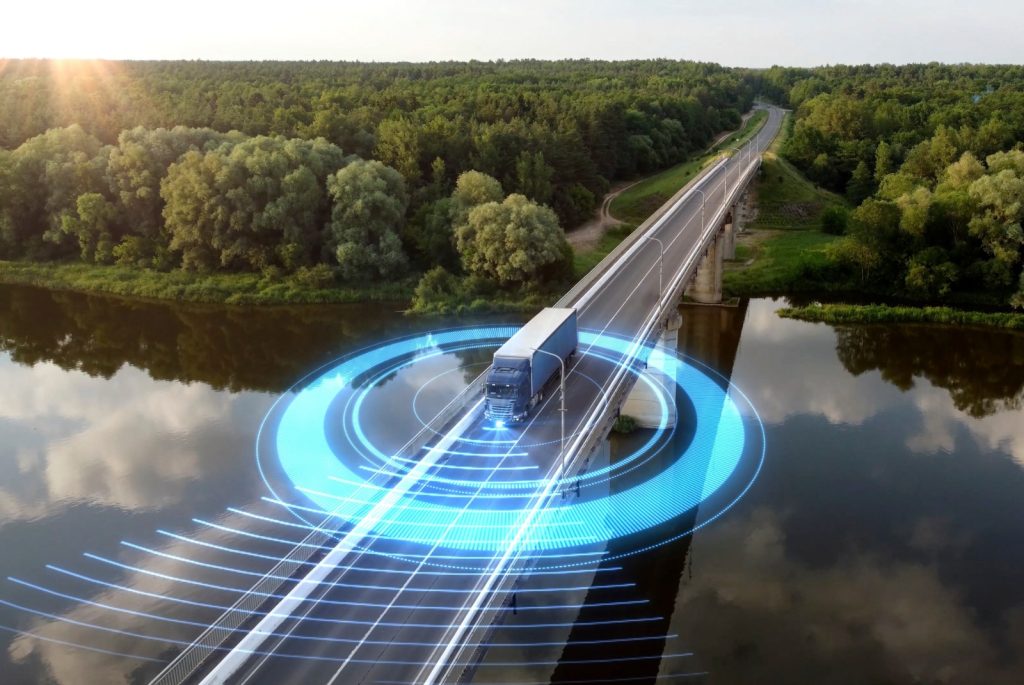
- How can the logistics sector adjust to meet the growing need for expedited and streamlined cross-border cargo transportation?
To adapt to the increasing demand for swift and efficient cross-border cargo transportation, especially between crucial trade partners like the UAE and India—where the UAE stands as India’s third-largest trading partner and second-largest export destination, representing 40% of India’s trade with the Arab world—the logistics sector must embrace several strategic shifts:
Digitalisation and Automation: Implement advanced technologies for process automation to reduce delays and improve accuracy. This includes everything from digital paperwork and e-bills of lading to automated customs clearance systems.
Regulatory Harmonisation: Policy alignment can streamline customs and clearance processes, reducing bureaucratic hold-ups and significantly expediting cross-border transportation.
Supply Chain Visibility: Enhance transparency with real-time tracking systems of location, status, and estimated arrival times, allowing for efficient planning, response to disruptions and timely delivery.
Specialised Services: Develop tailored logistics solutions, such as temperature-controlled supply chains for sensitive pharmaceutical shipments, ensuring product integrity and compliance with specific transportation needs.
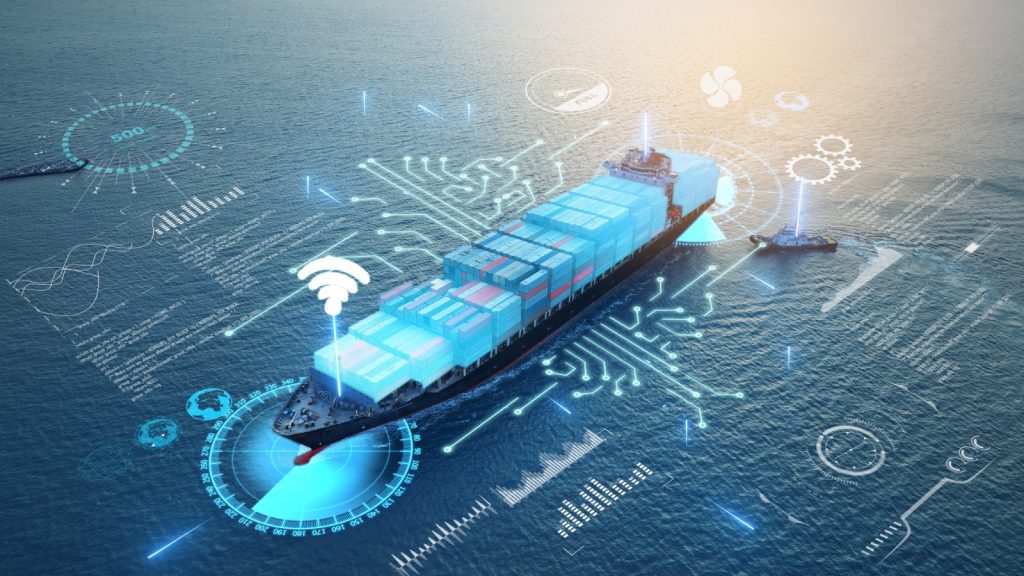
- Due to the increase in trade volume, infrastructure in logistics will need to be heavily invested in. Which parts of the logistics chain—such as ports, warehouses, and transportation networks—need the most immediate attention?
To accommodate the surge in trade, with India’s logistics market set to hit $380 billion by 2025 and the UAE’s logistics sector projected to exceed $31 billion by 2026, prioritising digital infrastructure and warehouse automation becomes imperative. Enhancing digital platforms and analytics tools will streamline trade management, augmented by initiatives like RuPay’s launch in the UAE. This makes it easier to keep track, make better decisions, handle trade effectively and make cross-border transactions easy.
Moreover, as India gears up to become the second-largest e-commerce market by 2034, automated warehouses are vital, offering improved efficiency, accuracy, and productivity to meet the growing demand efficiently. It will also enable companies to automate mundane tasks such as tracking shipments or managing inventory levels. This will also reduce manual handling of goods, minimising the risk of product contamination or tampering,
- How can technology enhance transparency and streamline logistics in the trade corridor between India and the UAE?
Technology can significantly enhance transparency and streamline logistics in the India-UAE trade corridor. Implementing real-time tracking through GPS and IoT sensors enables precise monitoring of cargo, ensuring visibility and timely updates.
Blockchain technology revolutionises digital documentation, offering secure, immutable records that simplify customs procedures for valuable goods, including gems and jewellery.
Moreover, data analytics tools are crucial in analysing supply chain data to highlight performance insights, identify bottlenecks, and optimise routing and resource allocation.
Using digital platforms, companies can leverage their brand, network, and technology capabilities. This can help the platforms in the UAE contribute to UIBC’s goals of promoting trade, investment, and economic cooperation between India and the UAE as they break down geographical barriers, enabling Indian businesses to showcase their products and services to a broader clientele in the UAE and vice versa.
Corporations can overcome traditional trade constraints, such as logistical challenges and limited market access. Through strategic partnerships, innovative solutions, and targeted initiatives, platforms like Rupay, Lulu Financials, and Wizz Financials can enhance the value proposition of digital platforms for Indian users in the UAE and strengthen bilateral ties between the two countries.
Furthermore, digital platforms seamlessly integrate trade and related transactions, such as structured trade and trade financing. There could be no better option than the UAE, whose leadership focuses sharply on digitalisation, Artificial Intelligence, and the advantages of a digital economy.
These technological interventions promise a more efficient, reliable, and transparent logistics framework, facilitating smoother trade flows between India and the UAE. UIBC-UC advocates for policies that support integrating digital technologies in cross-border trade, thereby creating an environment conducive to businesses harnessing the full potential of digital marketplaces.
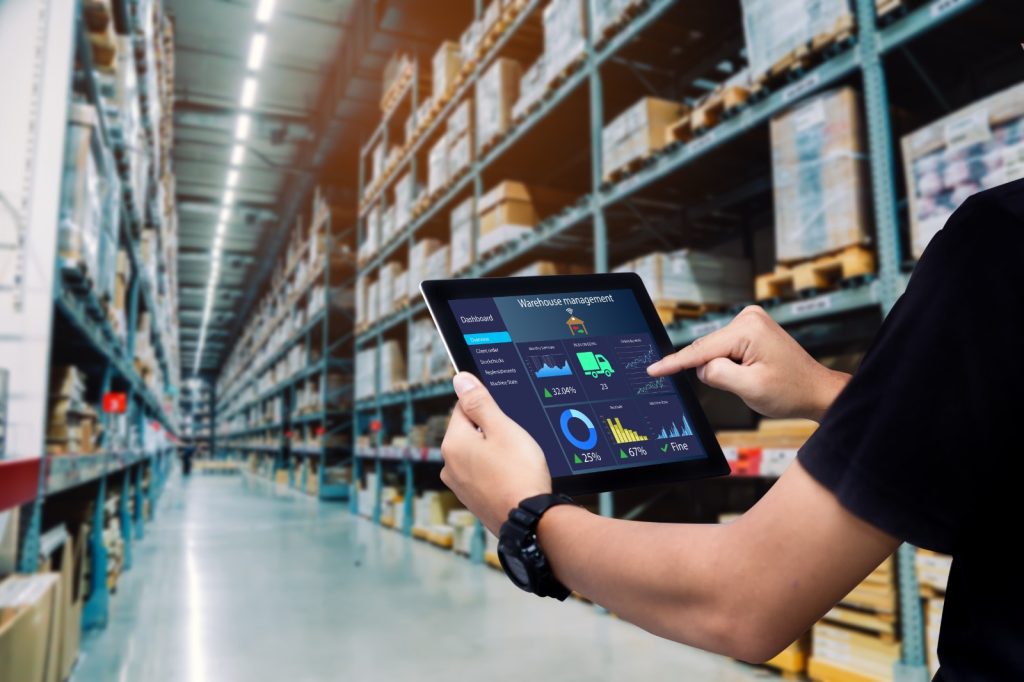
- How can the logistics industry meet the increasing need for effective trade facilitation between India and the UAE by attracting and retaining qualified professionals?
To effectively cater to the escalating demand for efficient trade facilitation between India and the UAE, the logistics industry needs a multifaceted approach focused on innovation, skill development, and knowledge enhancement.
Firstly, the industry can significantly improve operational efficiency and process accuracy by investing in cutting-edge technological solutions, such as artificial intelligence (AI), blockchain for secure and transparent transactions, and the Internet of Things (IoT) for enhanced tracking and inventory management. This technological leap would streamline logistics operations and create an attractive work environment for tech-savvy professionals looking for dynamic and innovative workplaces.
Enhancing technological infrastructure requires developing a skilled workforce adept at leveraging these new tools. Thus, offering continuous learning opportunities, training programs, and professional development courses tailored to the logistics sector’s evolving landscape is essential. This commitment to workforce development ensures that employees remain at the forefront of industry advancements, making the organization more appealing to potential hires and aiding in retaining top talent.
Recruiting sector-specific experts, particularly those with specialized knowledge of the India-UAE trade corridor, becomes increasingly important. These individuals bring a wealth of experience and insight, which is crucial for navigating this specific trade route’s unique challenges and opportunities. Their expertise enables the logistics sector to devise and implement strategies that are effective and specifically tailored to the nuances of India-UAE trade, ensuring optimal efficiency and customer satisfaction.
Furthermore, fostering a culture of innovation and collaboration within the industry encourages professionals to contribute their ideas and solutions, enhancing the logistics sector’s overall productivity and creativity. This approach attracts individuals with a forward-thinking mindset and helps retain employees who value a workplace that appreciates and implements innovative ideas.
This strategic focus meets the immediate needs of trade facilitation and positions the industry for long-term success and sustainability.
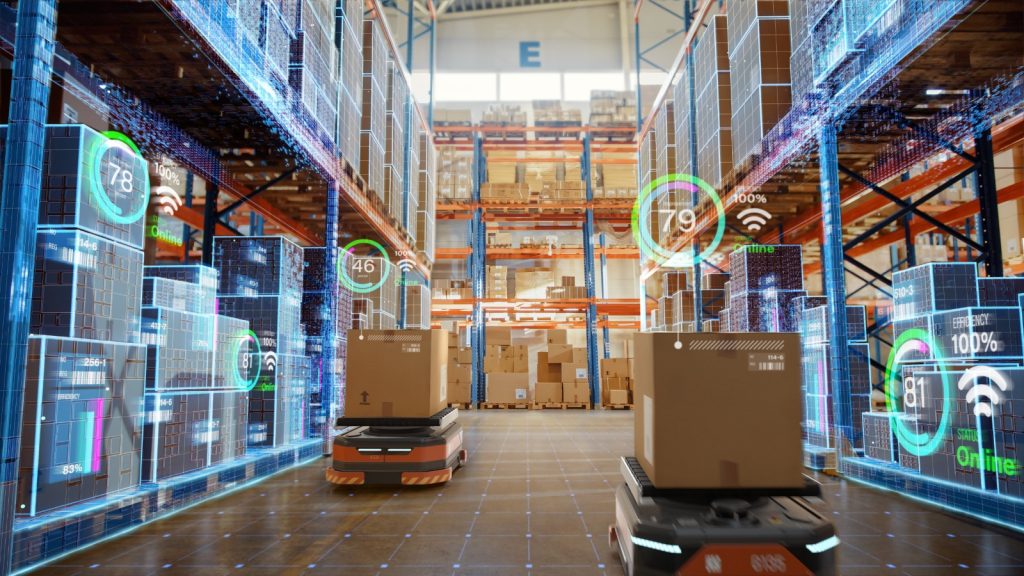
- Can we use developments in green technology to build an eco-friendly logistics network for trade between India and the UAE?
Green technology developments hold the potential to build an eco-friendly logistics network for trade between India and the UAE. One key initiative is India’s Unified Logistics Interface Platform (ULIP), a government-led project to reduce logistics emissions by facilitating information sharing and collaboration among logistics companies.
The logistics sector can significantly reduce waste and promote sustainability by adopting eco-friendly packaging such as biodegradable materials and reusable containers. Sustainable transportation methods, including elec tric and hybrid vehicles, can dramatically lower carbon emissions in the trade corridor.
Integrating renewable energy sources, such as solar and wind power, into the logistics infrastructure—including warehouses and transportation hubs—further enhances the network’s sustainability. This not only reduces dependency on fossil fuels but also aligns with global environmental goals.
Moreover, the innovative use of robotics in warehouses can optimise space utilisation and energy efficiency. These systems are remarkably energy-efficient, consuming merely 0.1 kW of energy per hour, demonstrating that advanced technology can lead to significant environmental benefits. Their adoption can significantly reduce the energy required for logistics operations, making the trade network between India and the UAE more sustainable.




